Three-part catalyst study advances conversion of CO2 to ethanol
Green Car Congress
SEPTEMBER 11, 2021
An international collaboration of scientists has taken a significant step toward the realization of a nearly “green” zero-net-carbon technology that can efficiently convert CO 2 and hydrogen into ethanol. They also discovered why this three-part interface is successful. As a fuel, ethanol is safer and more potent.

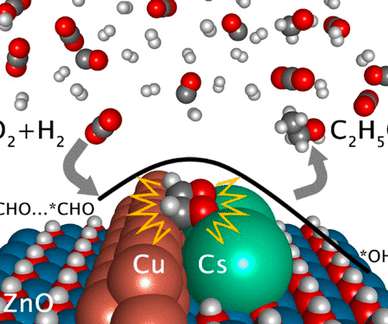




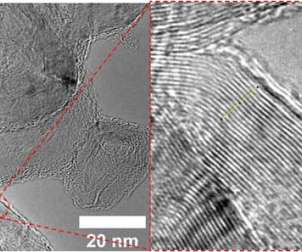
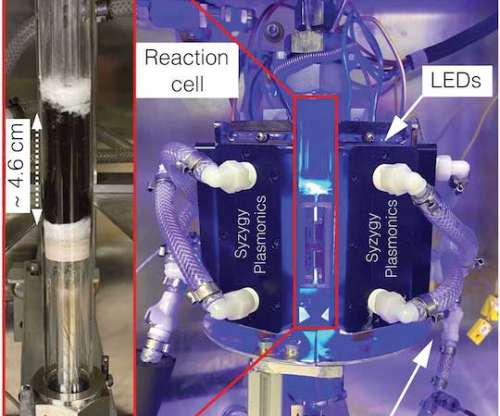


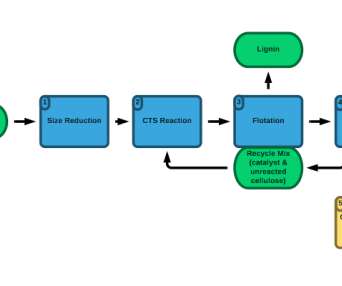





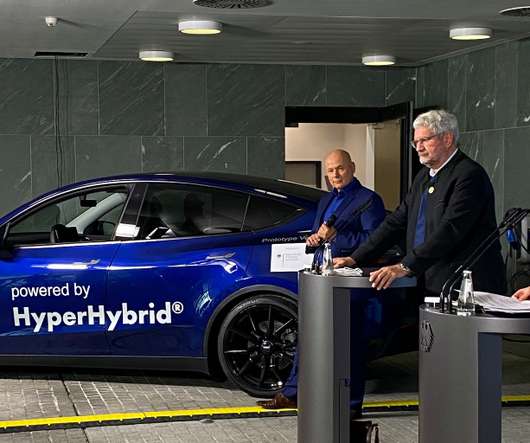







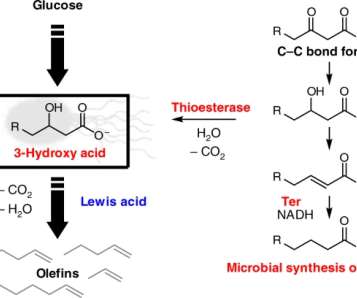








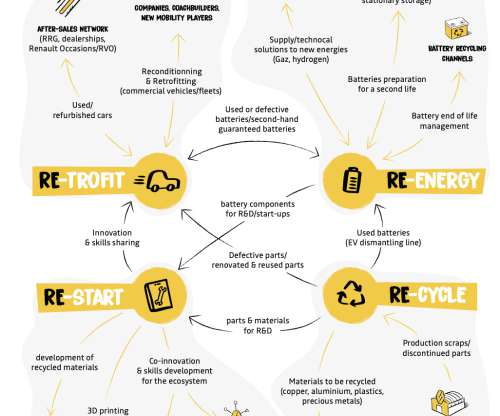





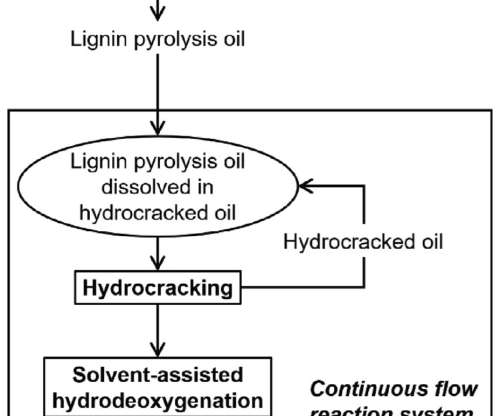






Let's personalize your content